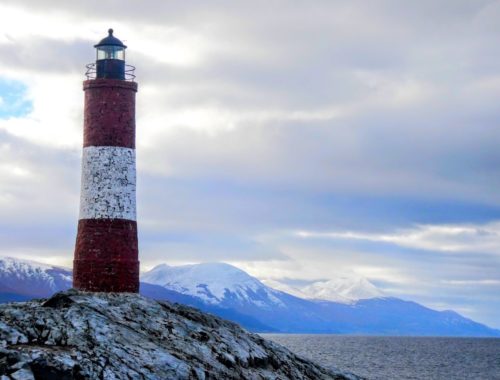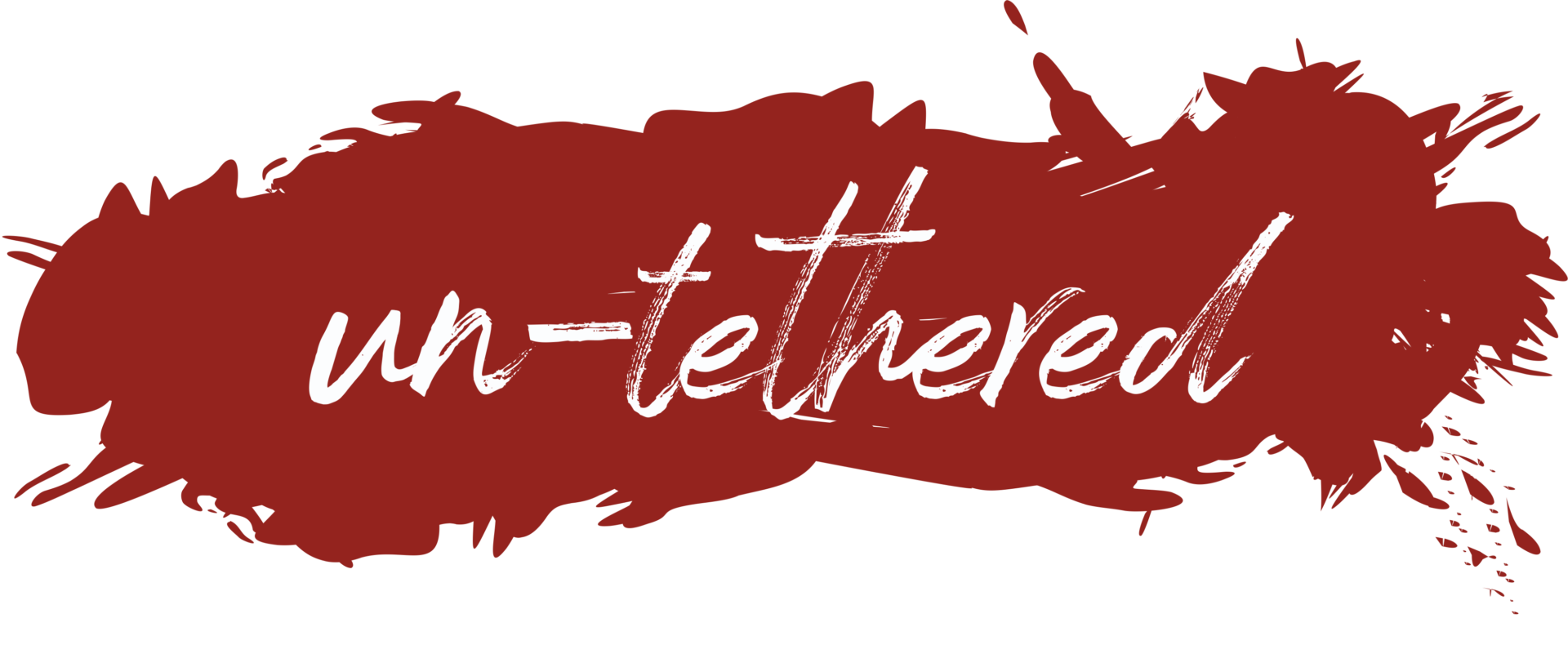Buenos Aires
I’ve heard stories about how I always have to hold on to my belongings, how unsafe it is, and how you cannot walk everywhere at night. Coming from one of the countries with the lowest crime rates, in the safest region of the world, having to constantly worry about what I’m doing and where my phone and wallet are was very stressful. That’s how I approached Buenos Aires (BA).
I arrived at a hostel in San Telmo and felt incredibly alone. After traveling with great people for three weeks, starting to travel alone in a big and dangerous city really amplified that feeling of discomfort. My travels were meant to heal from the feelings I had experienced in the past few months, not amplify them.
To meet people and see if someone wanted to explore the city with me, I went to Couchsurfing and turned on Hangouts. A German-Italian girl named Nicoletta was up for it, and we both met on a free guided tour where I learned most of the information about the city. So here are bits of it 🙂
Buenos Aires got its name from the winds, which were favorable for navigating from Europe over the Atlantic and into the Rio de la Plata, where the city is situated. Spanish sailors were thankful for the smooth sailing, so they named the settlement “Nuestra Senora de Buenos Aires” – Our Lady of the Good Airs (winds). Similar to many Latin American cities like La Paz and Los Angeles, the Catholic “Our Lady” part was largely forgotten.
Argentina is a very agrarian country, exporting a huge amount of fruits, vegetables, and meat. At certain points in history, until the middle of the 20th century, it was one of the richest countries in the world. Buenos Aires reflects this with its huge avenues, magnificent buildings, and charming parks.
After the tour, Nicoletta, another German guy, and I went for some great Argentinean beers to continue in a self guided fashion.
Birthday
The day after was my birthday. I felt terrible being alone in a hostel far away from those I love, with my mind full of existential questions – those things tend to weigh on you. I was kept afloat by my family and a few friends who called me. I met a Brazilian girl named Rebeca in the hostel, who had her birthday the day before me. Sharing lonesome birthdays far away from home, with empanadas and talks of lactose intolerance, also grounded me. 🙂
Tango
In the hostel, we had Tango lessons organized, followed by a visit to a Milonga – a club where tango is danced. I was told by Argentinians I met travelling that Tango is a thing for tourists nowadays, that it’s not a living culture. My experience showed that to be wrong. While Milongas are not as numerous as they once were, they still exist, and at least the one I ended up in was absolutely for locals. Everyone was dancing, and in the middle of the night, a couple of professional dancers entered the stage and performed a show on three songs (forced by intense clapping and cheering from the crowd) with some almost acrobatic moves. Every week, on one of the evenings, there’s Tango dancing on a square in San Telmo too. That one is a bit more for tourists. Before coming to BA, I thought Tango was not for me. That it was too sexual, too body-to-body for someone like me. I discovered that Tango is a very different dance than what I thought. Its origins are in Candombe music from Uruguay and Milonga music that developed in the Rio de la Plata region (in both Uruguay and Argentina). It was a dance that developed in slums, by poor immigrants from Africa, Europe, and other American countries. The vocabulary is a bit confusing, as Milonga is a type of music, dance, as well as a club where this music and dance are enjoyed. It is also a club where Tango is played. So confusing!
(don’t miss seeing the last video below, acrobatics at 1:15!)
Music
Speaking of music, BA is full of it. The music scene is incredible, and that means a lot of free music too. During my week there, I went to two concerts that were free, and I had to skip a few more. One was a classical symphony orchestra in the faculty of law (free concerts every second Saturday), and the other was a concert in a small bar in San Telmo. Metro stations, street corners, and ferries are all full of buskers with great skills! The bar gig I heard was an all-female band performing contemporary Argentinean folkloric music.
That music almost always involves a Bandoneon – a small accordion-like instrument.
Folkloric music and Tango have a lot of overlap, and Tango alone has several different directions. I found out that Edith Piaf’s famous “La foule” is a remake and was strongly based on an old Argentinean song!
Hear it for yourself:
Charming City
Apart from this musical heritage, BA has beautiful museums, parks, and a really modern part of the city, all of which make it one of the nicest capitals I’ve visited. The big park, Reserva Ecológica Costanera Sur, is an oasis of green, lining the Rio de la Plata, which is so vast that it looks like a sea.
One of the free tourist highlights is a former opera turned bookstore: Teatro Ateneo. It looks beautiful!
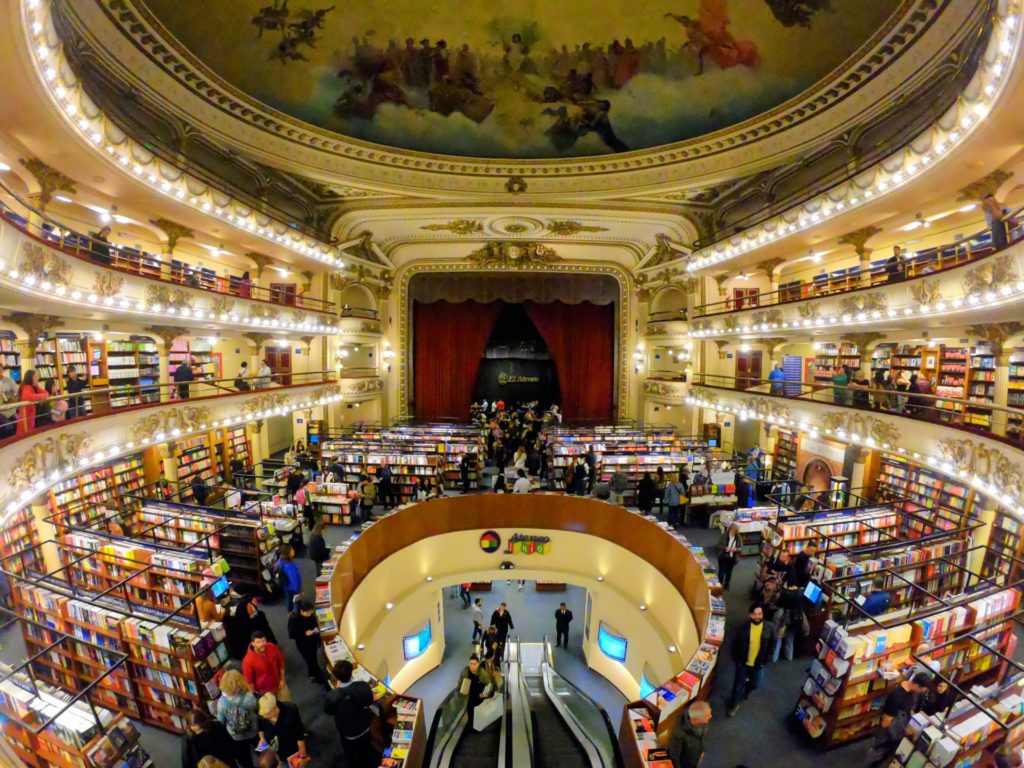
A week flew by!
A week that made me like BA and Argentina even more. My next stop would lead me over Rio de la Plata to Uruguay, leaving Argentina behind. It’s easy to fall in love with Argentina and Argentinians. I saw more than a few of my stereotypes being changed, transformed, or broken about what Argentina is and how its inhabitants are.
You May Also Like
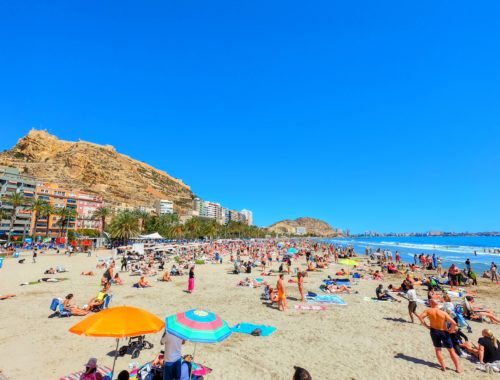
Madrid, Toledo and Alicante
April 20, 2023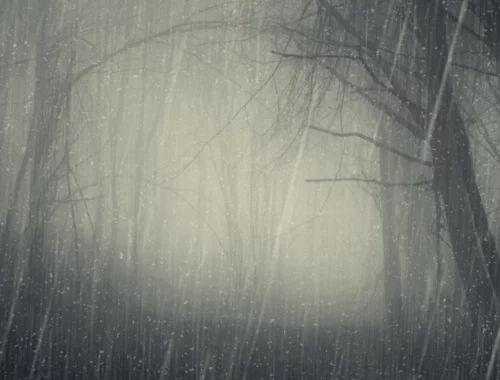
Lost in a storm
March 21, 2023